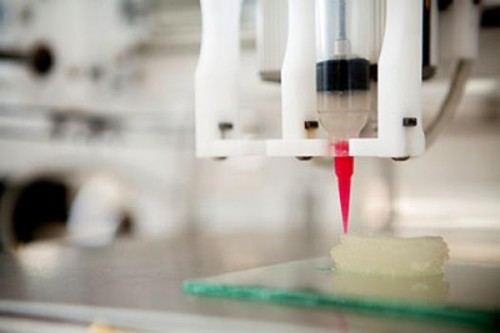Used to be, motorcyclists were young men riding modest machines. But I’m sure all of you have noticed the changing demographic. Nowadays, they tend to be middle aged (or older!) men, who are losing their hair, growing their waistline, and taking warfarin.
At the same time, I’ve noted more significant injuries from motorcycles, and deadlier outcomes. A recent study has now quantified this and confirmed my impression. Brown University researchers analyzed data in the National Electronic Injury Surveillance System, focusing on the injuries and outcomes of motorcycle crashes over an 8 year period.
Some of the more interesting tidbits:
- Of course, most injured riders were male (86%)
- Injuries occurred most frequently in younger age groups, and least frequently in older age groups
- Odds of having injuries requiring hospitalization doubled in the middle age group (40-59), and tripled in the older age group (60+)
- Similar trends were seen in injury severity as age increased
- The number of injuries in middle aged riders increased 62% from year 1 to year 8
- The number of injuries in older riders increased 247% during the study!
- Injuries in the middle aged and older groups tended to be upper torso and head/neck
Bottom line: Subjective impressions of injury trends in older motorcycle riders are borne out by this study. Why? As we age, we have less reserve, more comorbidities, loss of elasticity and bone density, and a host of other lesser factors. Additionally, older riders can often afford more expensive (“better”?) bikes that may tax their ability to ride safely in unexpected conditions. Trauma professionals need to be aware of these trends and always treat these patients as if they have life-threatening injuries until you can prove otherwise.
Related posts:
- Personal freedom to not wear a motorcycle helmet?
- Motorcycle helmets and cervical spine injury
- Helmets and head injury
Reference: Injury patterns and severity among motorcyclists treated in US emergency departments, 2001–2008: a comparison of younger and older riders. Injury Prevention, ePub Feb 6, 2013.

